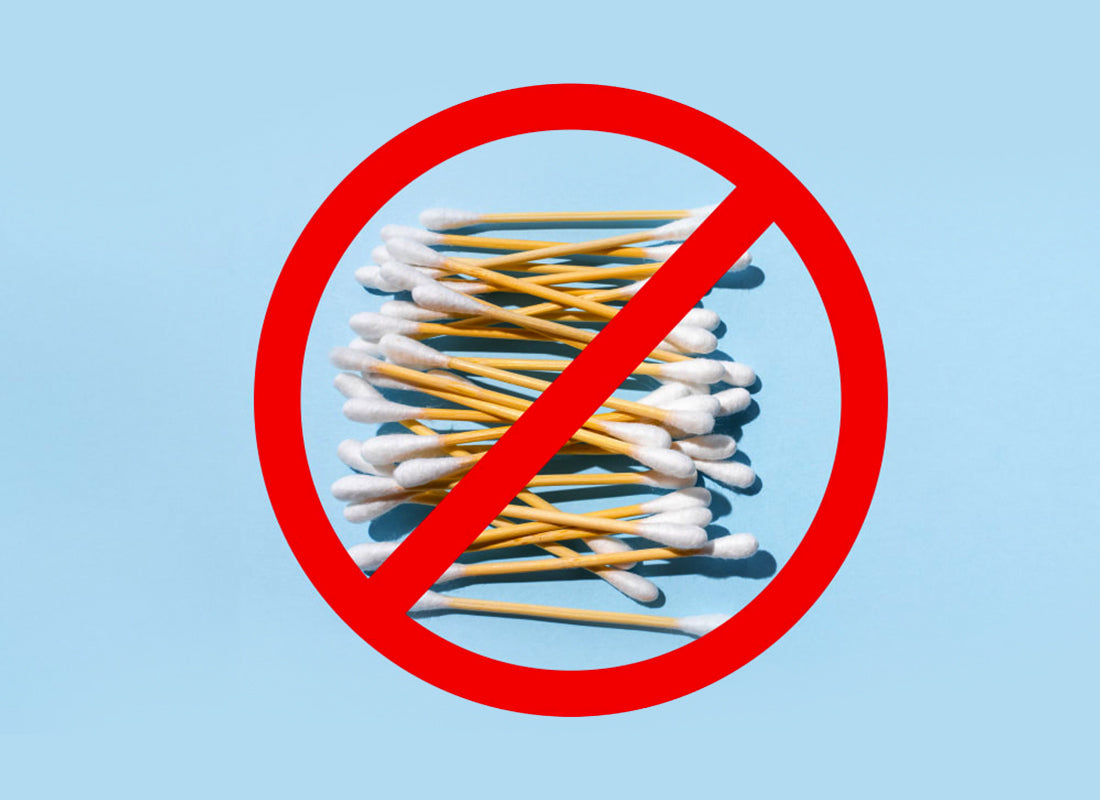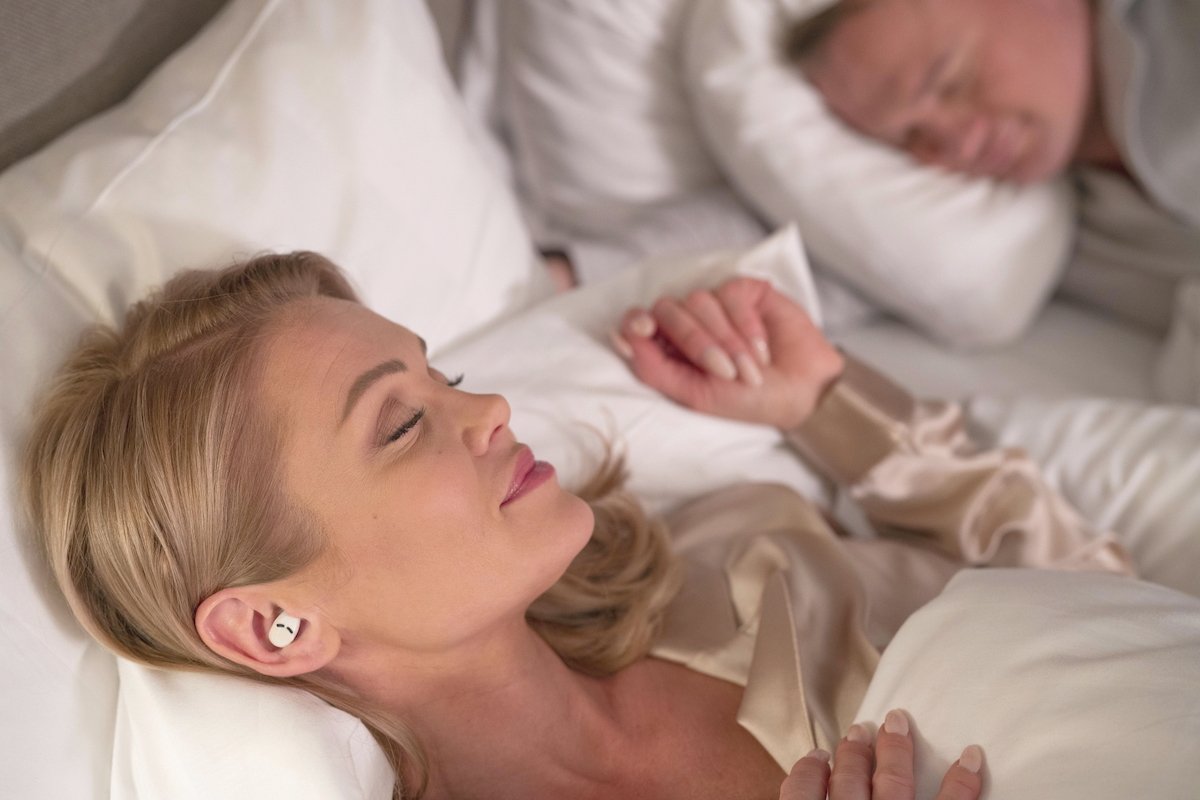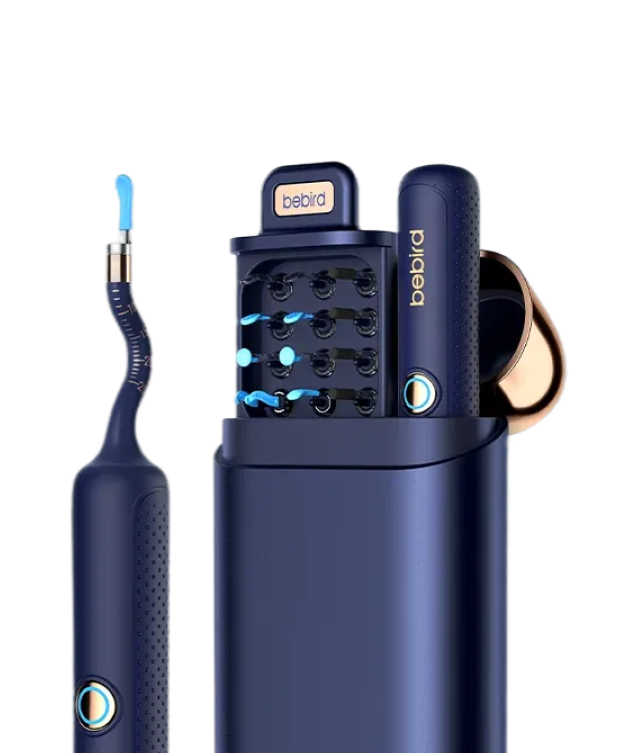Our ears are self-cleaning but sometimes we require help from external agents to remove the impurities, dirt, dead cells, and wax build-up inside the ear canal. Hydrogen peroxide is one of the most common external agents that can help remove wax easily.
People opt for these drops because they are convenient to use. However, a slight carelessness in using these drops can cause damage to your ears. Therefore, it is essential to learn the proper dosage, precautions, and effects before using hydrogen peroxide in the ear. Let’s see how to use it properly for ear wax cleaning.
Table of Contents
- Part 1: Is It Safe to Put Hydrogen Peroxide in Your Ear?
- Part 2: How to Put Hydrogen Peroxide in Your Ear?
- Part 3: How Long to Leave Hydrogen Peroxide in Your Ear?
- Part 4: Why Does Hydrogen Peroxide Bubble in the Ear?
- Part 5: Why Does it Hurt When I Put Hydrogen Peroxide in My Ear?
Part 1: Is It Safe to Put Hydrogen Peroxide in Your Ear?
Our ear glands produce cerumen, commonly known as earwax, to protect the ears from any impurities and bacteria. A person’s natural jaw movements can push earwax out of the ear to prevent any blockage. However, hearing aids, headphones, functional or structural ear abnormalities, and aging can lead to excess wax build-up in the ears.
It can cause infection, tinnitus, uncomfortable sensations, and even temporary or permanent hearing loss. Hydrogen peroxide is used in various ear wax cleaning drops to dissolve the sticky substance in our ears and make its removal easier. But, when it is used for longer periods or in higher frequency, it can cause:
- Pain and Inflammation: Hydrogen peroxide can readily react with the cells of your ears causing irritation and ultimately tissue damage. It can be painful and leads to the inflammation of ear canal
- Burns and Blisters: When hydrogen peroxide is used at over 10% concentration, it can cause burns and eventually blisters in your ears
- Tinnitus or Dizziness: Tinnitus or dizziness commonly occurs when there is already perforation of the eardrum. As a result, the person can temporarily feel dizzy or have a tingling sensation in their ear
- Temporary Hearing Loss: When hydrogen peroxide is left in the ears for too long, it can remove too much wax. Our ear canal becomes vulnerable to foreign bodies causing ear infections and ear damage. Even disruption of the eardrum can occur leading to temporary hearing loss
So, it is only safe to use hydrogen peroxide for ears in a particular concentration. Avoid using the drops too frequently. Moreover, you can also use Camera-equipped ear wax removal kits to examine your ear and remove the wax. Monitored ear wax cleaning through a camera can save you from causing unnecessary damage to your ears.
Part 2: How to Put Hydrogen Peroxide in Your Ear?
Most OTC(over-the-counter) ear wax cleaning drops have a 3% concentration of hydrogen peroxide in them. To use these for ears, you need to combine water and hydrogen peroxide in equal amounts. Make it fresh every day. For example, Add 10 drops of hydrogen peroxide in 10 drops of water and then use the solution.
Let’s see how to clean ears using the hydrogen peroxide solution:
1. Fill your dropper with the hydrogen peroxide drops you just prepared2. Tilt your head to the side (in the opposite direction of the ear being treated) and pull your ear up and backward
3. Then, add a few drops in that ear slowly
4. If it is a child, you can ask them to lie down and then pull their ear lobe downwards and backward gently
5. While adding the drops, you will feel a slight tingling sensation or bubbling in your ear but it is completely normal
6. Let the solution be in your ears for up to 5 minutes or the time recommended by the drops’ guidelines
7. Flip your head slowly with the ear having the solution facing downward direction to let the drops move out of the ear. You will also see wax coming out of the ear along with the drops
8. Take a clean cloth, clean the outer area of the ear, and repeat the process for the other ear
How many drops of hydrogen peroxide in the ear? Usually, 5 to 10 drops are recommended to use for ear wax removal. This duration can vary depending on the amount and stickiness of the ear wax. You need to use them daily for at least two weeks if there is heavy build-up otherwise irrigation with hydrogen peroxide twice a month is enough for regular cleaning.
Part 3: How Long to Leave Hydrogen Peroxide in Your Ear?
Hydrogen peroxide is a dangerous solution therefore it cannot be left in the ears for too long. Otherwise, it can disrupt the delicate structure of your ears. Most professionals recommend leaving it for a few seconds to a maximum of 5 minutes in the ear. This duration varies depending on the:
- Concentration of hydrogen peroxide: The concentration of hydrogen peroxide varies in different drops. The solutions with higher concentration might act in a shorter duration
- Severity of ear wax buildup: The more severe the wax build-up is, the longer you will have to keep the drops in your ears
- Ear sensitivity: Some individuals are more sensitive and even a slightly harsh ingredient can irritate their ears. Therefore, those who have sensitive ears should avoid leaving the solution in their ears for longer duration
Since the treatment varies from individual to individual, it is best to consult a doctor to get a recommendation depending upon your condition. This reduces the risk of any mishaps and ensures safe ear wax removal.
Part 4: Why Does Hydrogen Peroxide Bubble in the Ear?
Hydrogen peroxide is a combination of hydrogen and oxygen. When used for ear wax cleaning, the drops contain a mixture of hydrogen peroxide and water. When the drops are instilled into the ear, the enzymes present in the ear canal initiate a reaction leading to the release of oxygen.
As the oxygen is released, bubbles are produced in the ear. This is a normal reaction and can help in softening the ear wax. In addition, the bubbles produced facilitate the flow of ear wax out of your ears easily. You can feel a mild tingling sensation during this time. Other than this, the bubbling of drops is normal. It indicates that the process is going well.
Part 5: Why Does it Hurt When I Put Hydrogen Peroxide in My Ear?
I put hydrogen peroxide in my ear and now it hurts, why? Did you go through the same problem? Hydrogen peroxide is harsh and can irritate your skin easily. Some of the possible reasons for pain or discomfort after putting hydrogen peroxide in your may be:
- Using the drops at a Higher concentration: 3% of hydrogen peroxide is safe for your ears but when it is used at a higher concentration, the chances of ear damage increase. It can also cause discomfort and pain in your ears
- Allergic reactions: Another reason for discomfort is that you might be allergic to hydrogen peroxide. On putting it on your ear, an allergic reaction can start leading to pain, rashes, inflammation, and itching
- Existing ear problem: If you already have an ear injury or infection of the ear canal, using hydrogen peroxide can worsen the situation. It can irritate the skin tissues, increase tissue damage, and cause painful sensation
- Incorrect amount: The drops are usually used in a given range. One might think that using more drops can fasten the ear wax softening which is wrong. Instilling more drops can only pose a risk to the health of your ears and result in pain
Therefore, it is necessary to be careful about the amount and concentration of hydrogen peroxide drops you are using. Also, if you feel any pain, immediately flush the drops out of your ear. You can use warm water and a bulb syringe for this purpose. If the pain or discomfort persists, visit a professional and get treatment as soon as possible.
Conclusion
Using hydrogen peroxide for ear wax removal can be reliable but only if you are taking all the precautionary measures before using it. For ears, a 3% concentration is safe and up to five drops are enough for a single time. You can also take a recommendation from a doctor per your problem.
But, if it still hurts then you might be allergic to the drops or your ears might be too sensitive. In such situations, discontinuing the drops is better. You can try safer ear wax removal methods like irrigation with a bulb syringe or using an ear wax removal kit with a built-in camera. With these methods, there are fewer chances of ear wall damage, pain, and discomfort.
















Leave a comment
All comments are moderated before being published.
This site is protected by hCaptcha and the hCaptcha Privacy Policy and Terms of Service apply.